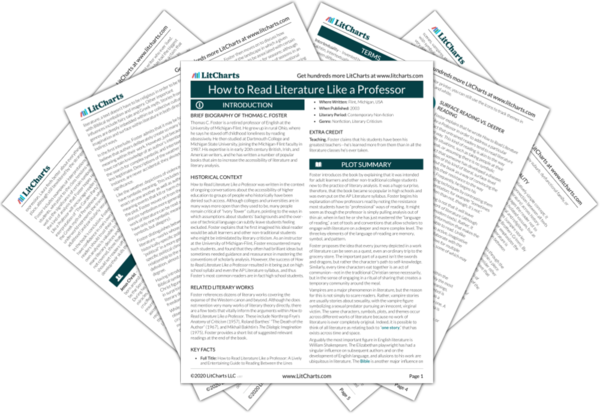Irony can also be used to undermine the moral value or authority of belief systems, institutions, and individuals, from physicians to Christianity. Irony makes interpretation complicated, as it can lead scholars to argue in a counterintuitive (and sometimes illogical!) way. For example, the main character in Anthony Burgess’
A Clockwork Orange is a nihilistic, selfish sadist, about as far from as it’s possible to get. On the other hand, he is ultimately subjected to a cruel punishment and robbed of his free will by the government hoping to make an example out of him—the exact fate of Christ. It is thus possible to assert that in this particular sense, Alex is a Christ figure, albeit a highly ironic one.
